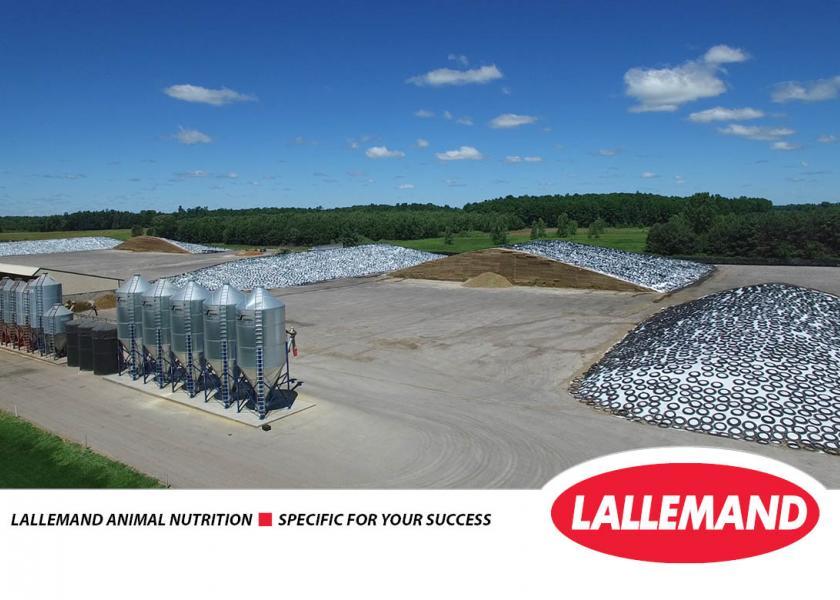Assessing Silage Outcomes

This is one of the best times to make a critical assessment of the operation’s silage management practices.
Check on shrink. One important area to assess is silage shrink. When dry matter (DM) losses occur, producers end up with less available feed — and also lower quality feed. That’s because the first components to be lost are the most digestible nutrients.
There is no single solution to reducing silage shrink. It requires attention to detail and best management practices. Silage crops need to be harvested at the right moisture and stage of maturity; chopped to get the optimum length of cut; kernels processed, if necessary; inoculated; brought in quickly; packed well to drive out oxygen and sealed immediately after filling.
To help ensure a rapid and efficient fermentation, use an inoculant proven to provide a quick pH drop. This helps preserve maximum nutrient value and reduce yeast levels, therefore reducing the potential for silage heating at feedout. The lactic acid bacteria, Pediococcus pentosaceus 12455, provides an efficient, fast fermentation, including the moderate production of yeast-killing acetic acid fueled by sugars generated by specific high-activity enzymes.
Assess spoilage. Whenever silage heats, the nutritive value declines, and there is added potential for mold growth and toxin production.
In most cases, aerobic instability and silage heating is caused by spoilage yeast growth. Yeasts will grow in the presence of oxygen, so all the management tips outlined above — including using a proven inoculant to drive a fast, efficient fermentation — will help. However, yeast populations on crops at harvest can be very high, and it can be an issue during silage feedout.
At feedout, these spoilage yeasts “wake up” and can grow rapidly after silage is exposed to air. This can cause heating, spoilage and feed losses. Good feedout management will help. Keep the silage surface tight and clean; avoid removing silage too far ahead of feeding; do not leave silage sitting in loose piles and feed out at a rate fast enough to prevent heating.
Producers can also use an inoculant that is research-proven to prevent heating at feedout. Silage inoculated with Lactobacillus buchneri NCIMB 40788 will be more resistant to heating and spoilage. L. buchneri NCIMB 40788 applied at a minimum of 400,000 CFU per gram of silage or 600,000 CFU per gram of high-moisture corn (HMC) has been uniquely reviewed by the FDA and allowed to claim improved aerobic stability.
For additional silage tips, visit www.qualitysilage.com.







